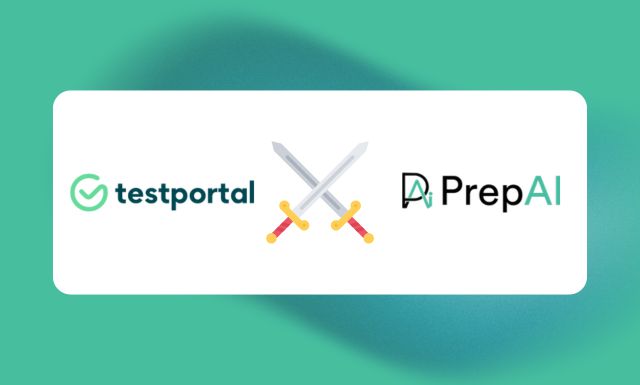This article compares two popular AI test generator tools, Testportal and PrepAI, by examining their input options, personalization features, integration capabilities, and more. Discover which tool might be the best fit for your educational or training needs based on your specific requirements.
Artificial intelligence is increasingly being used to streamline various aspects of education and training, with AI test generators becoming particularly popular. These tools, powered by advanced algorithms, can quickly turn input data into customized quizzes and tests. In this article, we’ll explore how two well-known AI question generators — Testportal AI Question Generator and PrepAI — compare across several important features.
Choice of Input
The type of input that an AI question generator accepts is a key factor in its flexibility and usefulness.
- Testportal supports three major input formats: text, Word documents, and PDFs. This allows users to import content easily and create quizzes from a wide range of sources. With no character limit, Testportal can handle everything from a single paragraph to extensive documents. Moreover, it supports content in multiple languages, adding to its versatility.
- PrepAI is one of the best Testportal alternatives. It offers multiple input options, including text, PDFs, Word documents, and uploaded and URL-based videos. An added advantage of PrepAI is its built-in topic search, which allows users to generate quizzes based on subject areas like physics or math without needing to provide input data. Although it currently supports only English, PrepAI is set to expand to over 100 languages, making it a highly adaptable tool for global use.
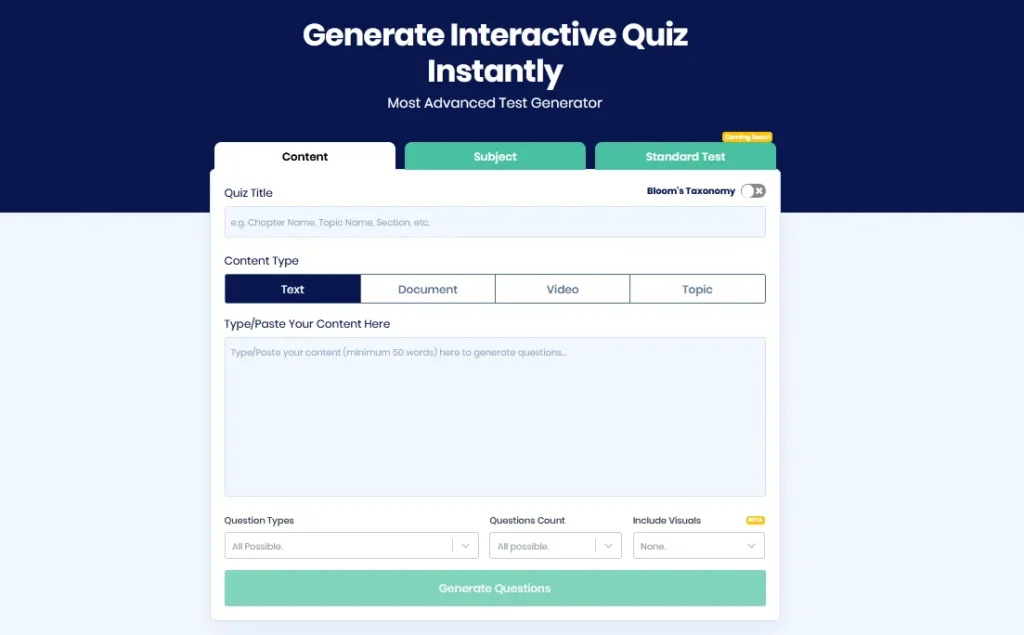
Auto-Grading and Certification
Grading quizzes and providing feedback is an essential part of the testing process.
- Testportal automatically grades quizzes and shares results with both participants and administrators. Additionally, it can generate certificates for participants, adding a professional touch to the assessment process.
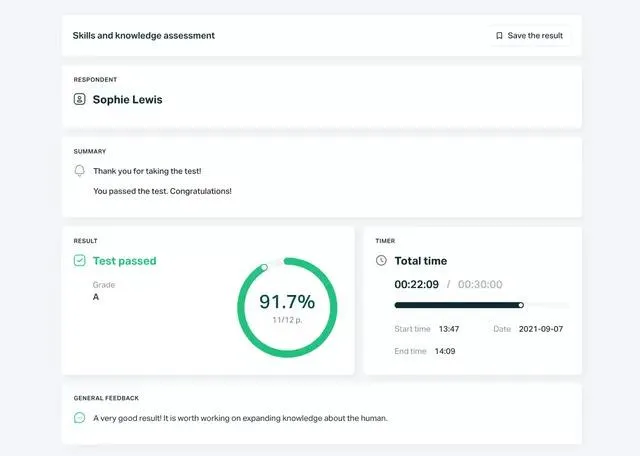
- PrepAI also features efficient auto-grading, delivering instant results to participants once they finish the test. Although it currently doesn’t offer certificates, this feature is in development, reflecting PrepAI’s ongoing commitment to expanding its capabilities.
Personalization of Tests
Personalization is a critical feature, especially when creating tailored tests for different groups.
- Testportal allows users to shuffle questions, adjust difficulty levels, and choose from various question types. It provides flexibility in editing and customizing tests to fit specific needs.
- PrepAI offers similar personalization options, with the ability to create tests from a mix of question types, adjust difficulty levels, and edit questions as needed. Additionally, PrepAI allows users to rate questions, which helps the AI algorithm refine and better understand user preferences over time.
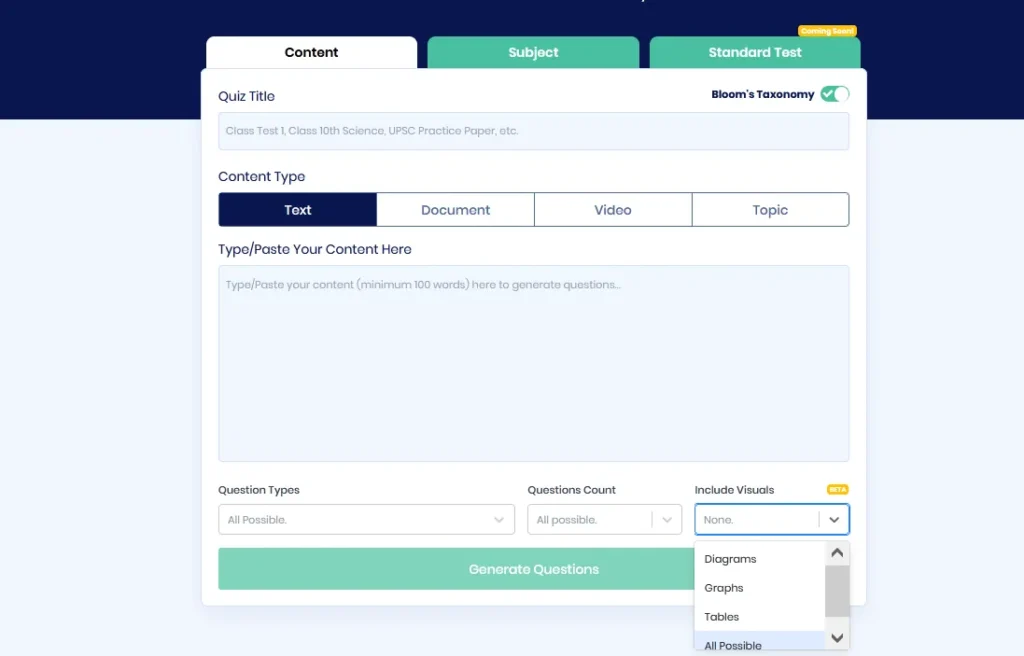
API Access and Integration
For organizations with existing digital infrastructures, seamless integration of new tools is essential.
- Testportal supports integration with third-party websites, applications, and software solutions commonly used in educational institutions and businesses.
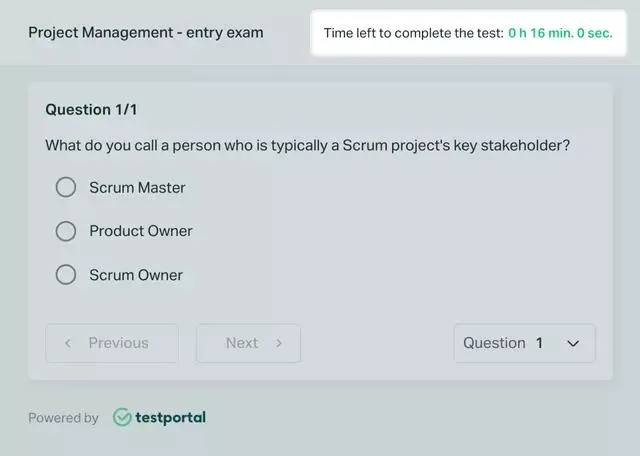
- PrepAI offers scalable integration with HRMS and eLearning platforms. The tool is particularly user-friendly, with customizable options available through Whitelabel Solutions, making it a versatile choice for educational institutions and corporate environments.
Higher-Order Thinking Skills (HOTS) Question Generator
Testing critical thinking and analytical skills is important for many educational programs.
- PrepAI stands out with its ability to generate questions based on Bloom’s Taxonomy, targeting higher-order thinking skills like analysis and evaluation. This feature is particularly useful for educators looking to assess not just memory but also deeper understanding and critical thinking abilities.
Real-Life Applications
AI test generators can be used in various settings, from education to corporate training.
- Testportal is well-suited for use in schools, colleges, universities, and training centers. It’s also effective for certification purposes, making it a solid choice for structured learning environments.
- PrepAI is versatile, catering to homeschooling, self-assessment, group quizzes, and workplace training. Its integration capabilities make it useful for both educational institutions and businesses looking to enhance their training programs.
Pricing
Pricing can be a deciding factor when choosing between AI test generators.
- Testportal offers four pricing plans: Standard, Pro, Max, and Max Customized, with both monthly and annual subscription options. First-time users can try the platform with a 14-day free trial.
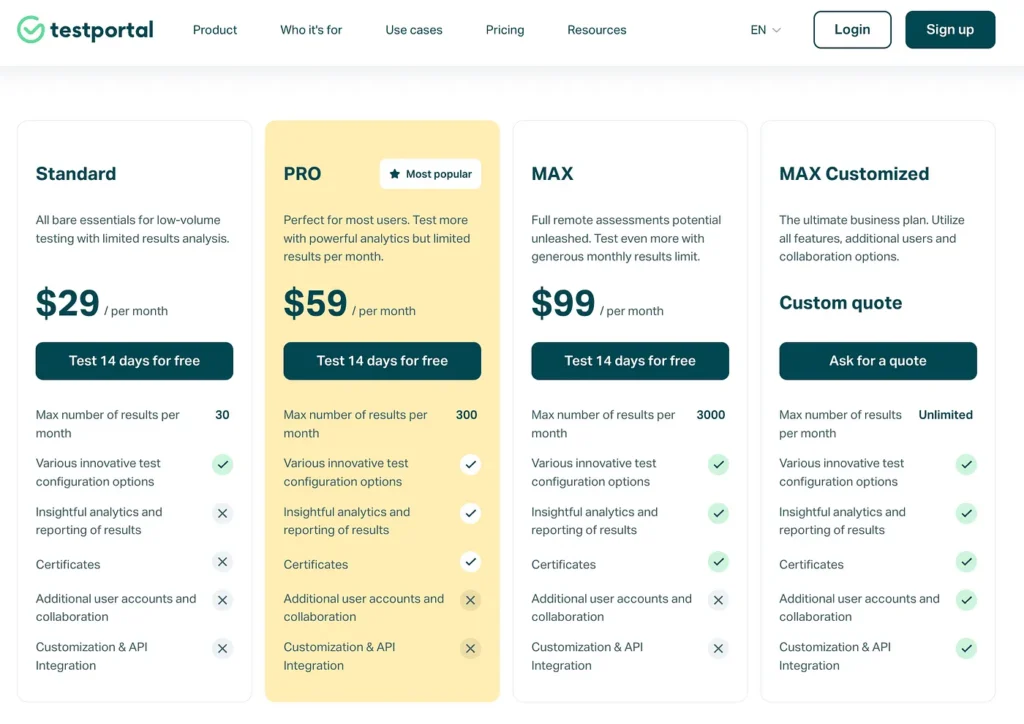
- PrepAI provides two main pricing options: an annual subscription with additional add-ons and a Lifetime Deal that includes unlimited quizzes and 24/7 support. The Lifetime Deal is particularly attractive for those looking for a long-term solution with automatic upgrades. New users can explore PrepAI with a 15-day free trial.
Conclusion
Choosing between Testportal AI Question Generator and PrepAI depends on your specific needs and preferences. Both tools offer robust features, but they cater to slightly different use cases. Testportal is a strong choice for those who need a reliable platform for certification and structured testing, while PrepAI shines in scenarios requiring flexible input options, advanced question generation (like HOTS), and broad integration capabilities.
Ultimately, the best tool is the one that aligns most closely with your requirements, whether you’re focused on personalization, ease of sharing, or the depth of content analysis.


